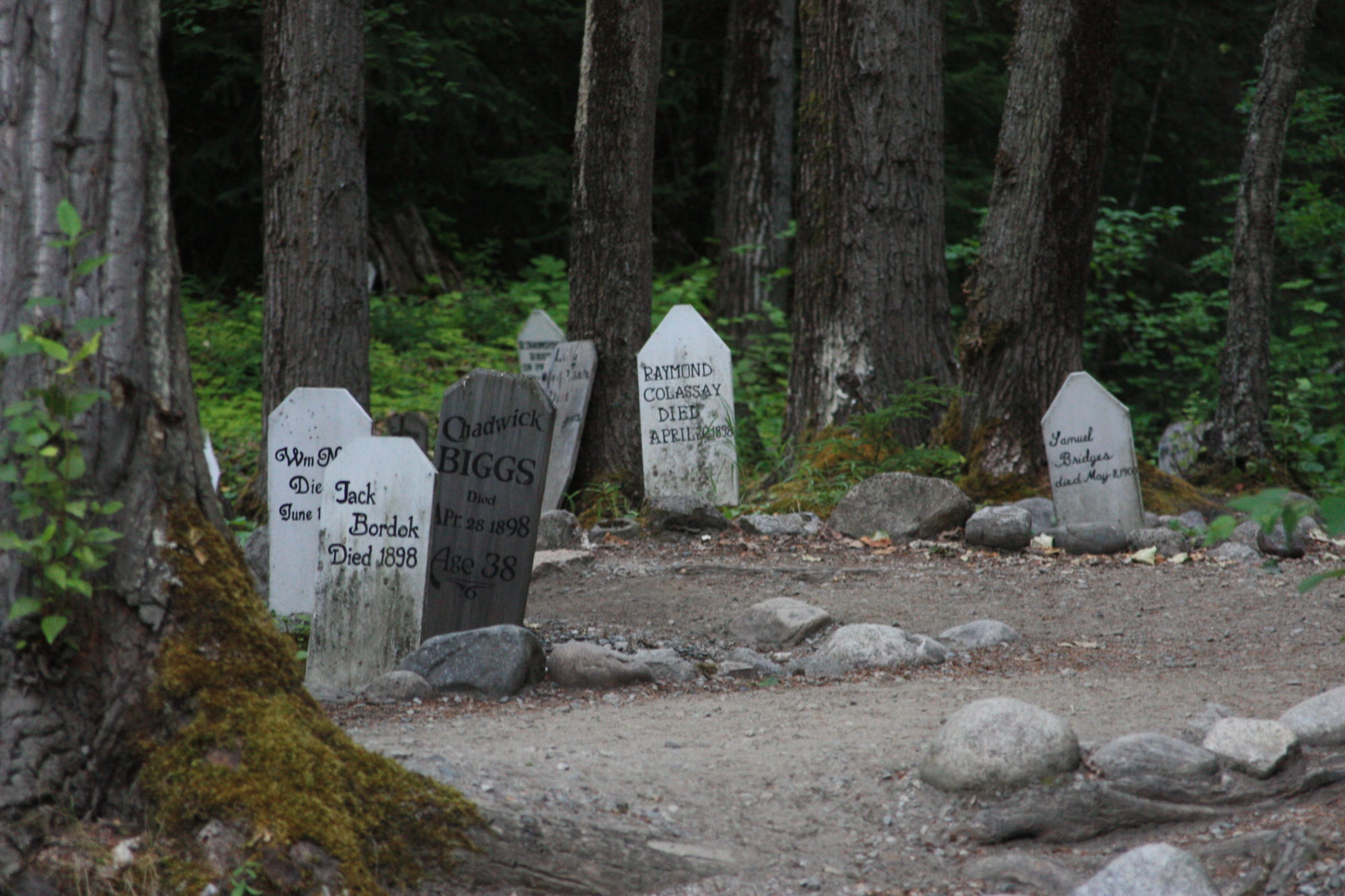
“Once you have breathed its early morning air after a light rain… Once you have listened to the silent hiss of the slowly flowing Yukon River… Once you have basked in a Yukon sun-tinged midnight dawn… And once you have seen the ice come in and the ice go out, you are beguiled and enchanted and you are never quite the same again.”
These words by Roy Minter to the Vancouver Yukoners annual dinner capture the spirit of Roy’s life long love of the Yukon.
Roy Minter was born in England in 1917, but came to Canada as a child. He later served as an officer in the Canadian Army.
In 1955, he began his long association with the Yukon while serving in the Whitehorse headquarters of the Northwest Highway System.
He later worked for White Pass & Yukon Route as marketing director. The picture above pictures him in the center – third from the right. This was a publicity shot to promote the Yukon. He started the Dawson Music Festival, the Klondike Defense Fund, and the Yukon Foundation to help researchers and historians.
He produced internationally acclaimed films, TV and radio programs, but the most memorable to me is his book “The White Pass: Gateway to the Klondike” which he worked on for twenty years. Anyone interested in the history of Skagway should definately read this book. It is much more factual that Pierre Berton’s somewhat romantic “Klondike Fever”.
A recipient of the Order of Canada, Roy Minter died on this day, February 8, 1996.
Hougen website.








